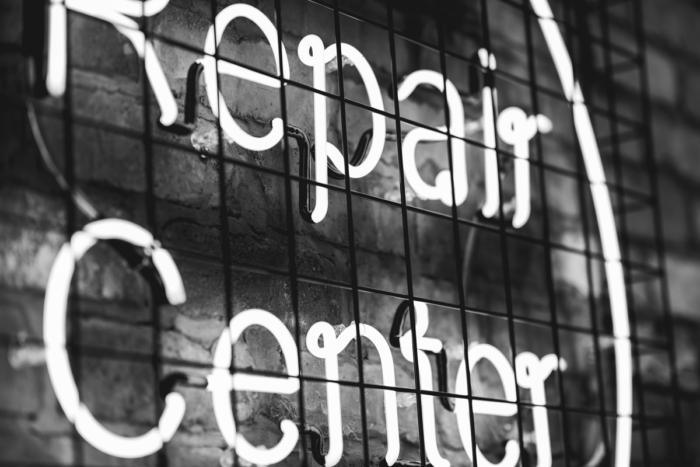Expected to be included in the upcoming feature upgrade for Windows 10, the new functionality will back out of failed installations and then wait 30 days before trying the install again.
The next iteration of Windows 10 will self-diagnose start-up failures and if necessary uninstall recent updates to get the PC up and running, Microsoft quietly announced in a support document earlier this week.
“If Windows detects that your machine cannot start up successfully, it will try to diagnose and resolve failures due to disk issues, system file corruption, invalid registry keys, or other such causes,” the document said. “If all these steps are unsuccessful and your machine is still unable to start up properly, Windows will determine if the startup issue was introduced after recent driver or quality updates were installed. If so, these updates may be uninstalled automatically to get the device back to a workable state.
“This is only done as a last resort,” Microsoft asserted.
The new functionality will be included with the next feature upgrade, designated 1903 in Microsoft’s yymm format and likely named “Windows 10 April 2019 Update.” The upgrade will probably begin reaching users in the next four weeks.
If this sounds familiar, it should: Windows already retreats after a failed upgrade or update, attempting to restore the device to a runnable state. It has in one form or another since at least Windows Vista, said Woody Leonard, a Computerworld columnist who also operates the AskWoody.com Windows tips website.
“There is one major difference,” said Susan Bradley, a computer network and security consultant who moderates the PatchMangement.org, a mailing list where IT administrators share questions and trade craft.
Bradley was asked for her insights in the support document’s proclamations. “Currently if [Windows] rolls back the update, it will try again…and again…and the next day and the next day. You see update history screens in the forums where this poor person who has a laptop that reboots every night is actually trying to install the same stuck update over and over again.”
What Microsoft outlined for Windows 10 1903 would, if it worked as advertised, prevent the repetitive reboots Bradley described.
“If the removal of these updates enables the machine to start up successfully, Windows will also prevent the removed updates from installing automatically for the next 30 days,” the support document read. “This is intended to give Microsoft and our partners the opportunity to investigate the failure and resolve any issues. After 30 days, if the updates are still applicable, Windows will try to install them again.”
“So instead of attempting to reinstall every day and rebooting every day like now, [Windows] will go ‘Dang, I need help,’ and pause and then give Microsoft 30 days to figure out what’s wrong with the update,” Bradley explained.
Although Microsoft has spent more than a decade adding recovery skills to Windows – System Restore, for example, first took snapshots of everything as of 2009’s Windows Vista – to deal with inevitable failures, criticism has steadily mounted about the quality of Windows 10’s refreshes. Last fall’s Windows 10 1809, which Microsoft yanked from distribution when reports surfaced of file deletions, pushed some customers to the edge of despair. Others regularly rail at half-baked monthly security updates that need another round – or more – of revisions before they’re judged safe to install.
The new restore-and-wait feature in 1903 is Microsoft’s way of admitting there’s a problem with quality, even if the response doesn’t get to the essence of the problem.
“They are acknowledging [that] they screw up, and [that] it takes about a month to figure it out and fix the updates,” Bradley said.
This article originally appeared on ComputerWorld.

